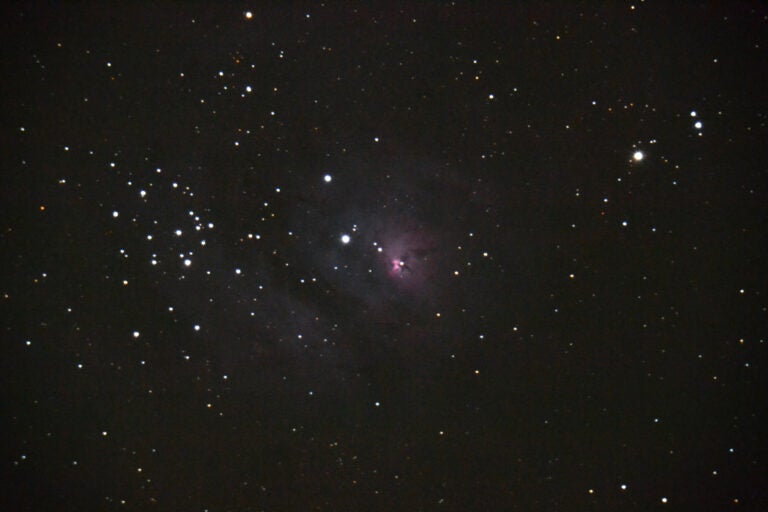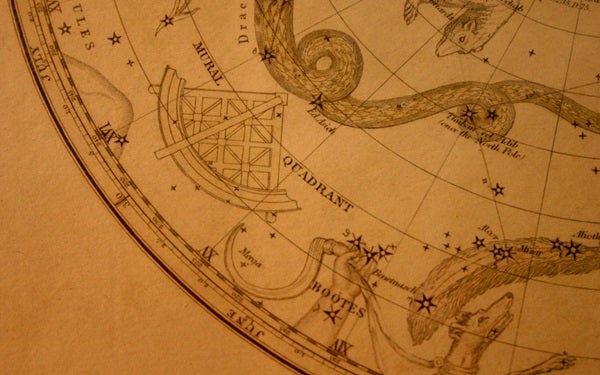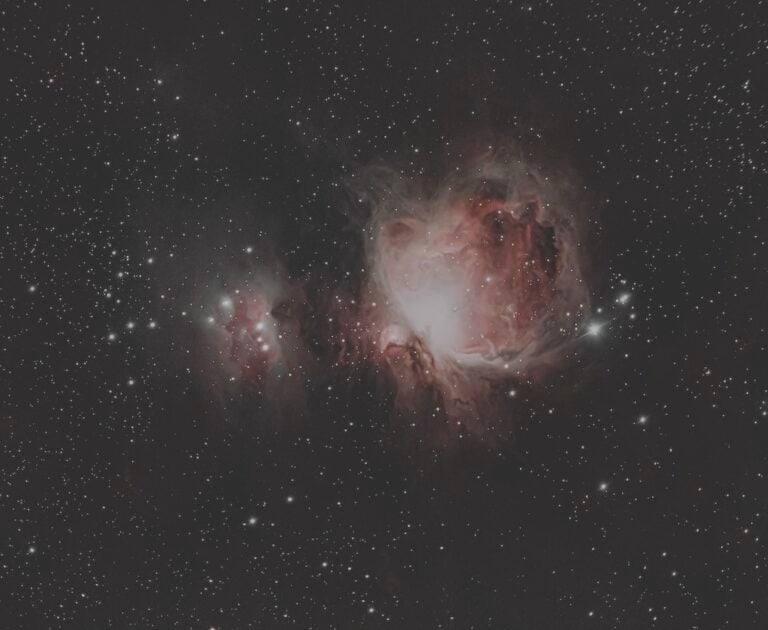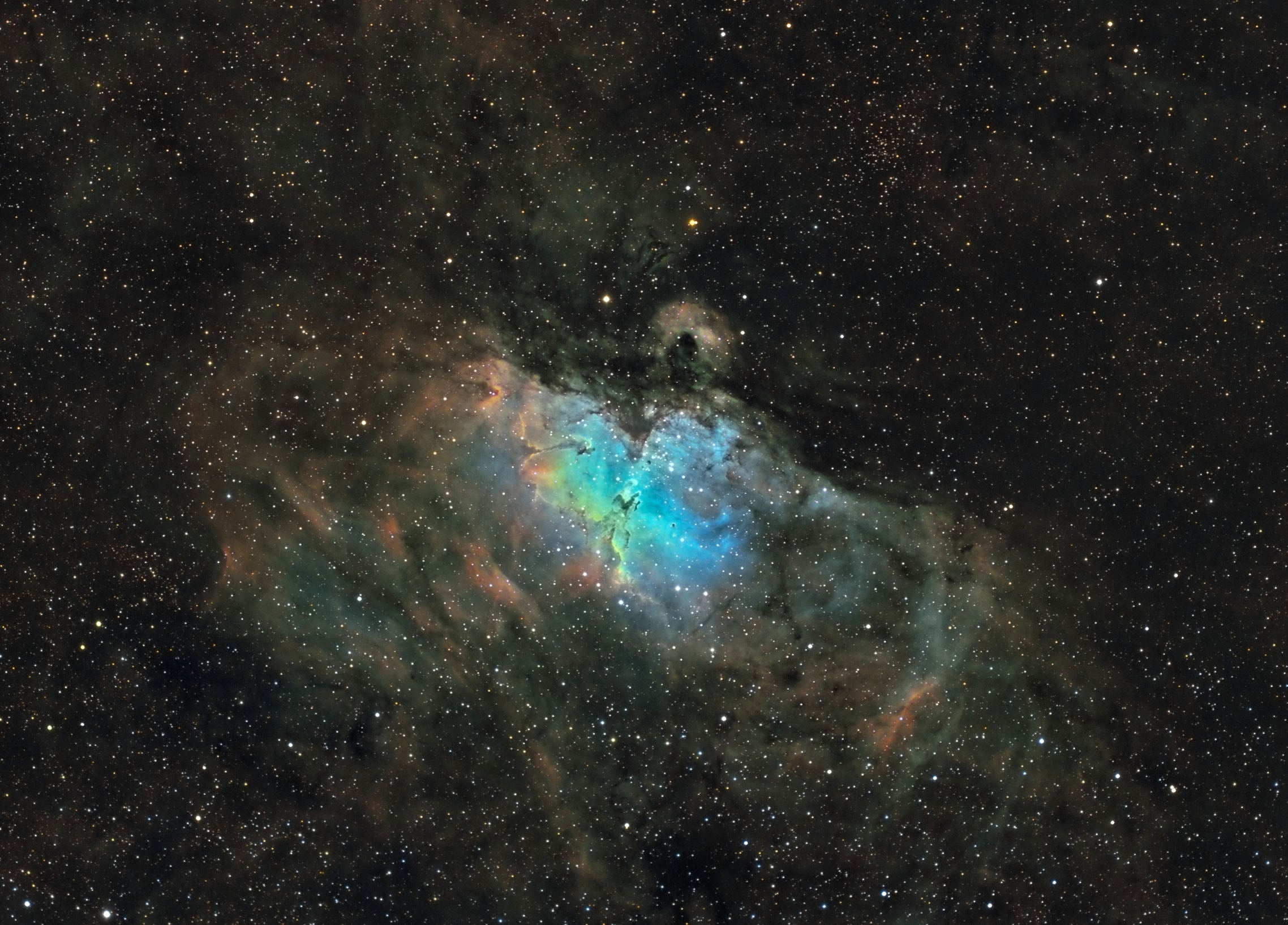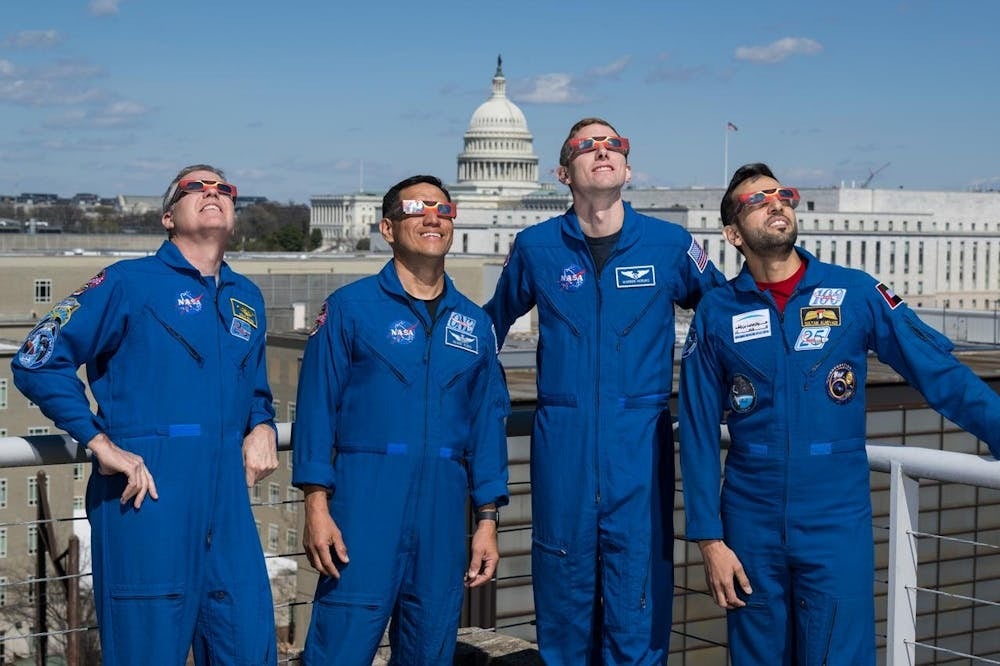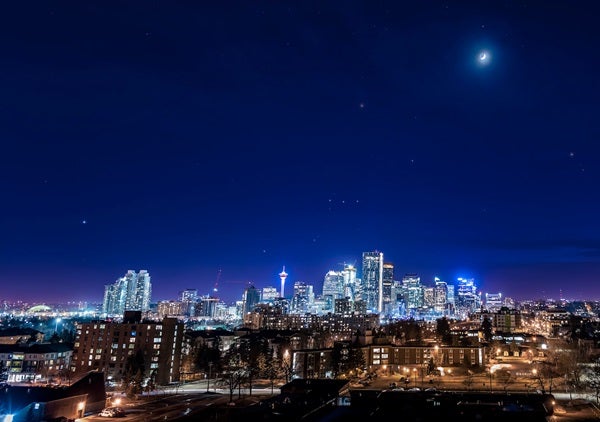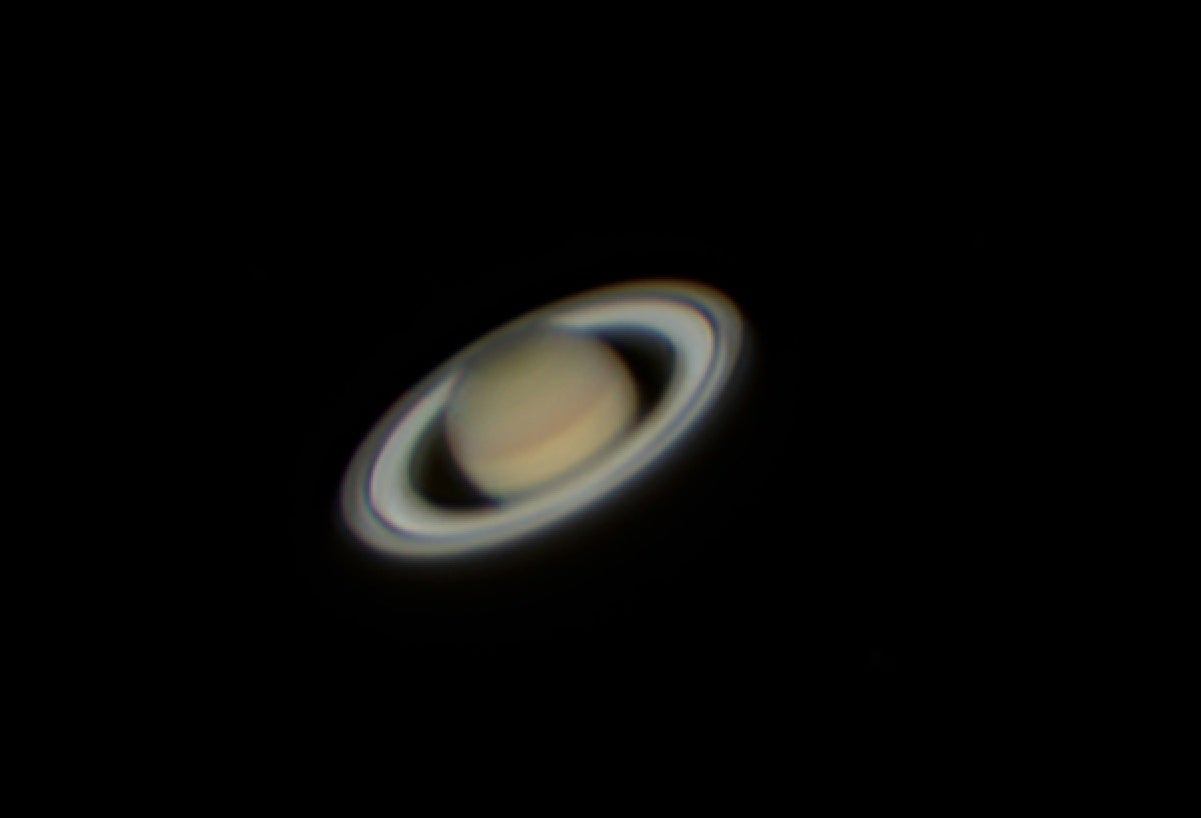
How do astroimagers get such sharp images of the Sun, Moon, and planets? The answer is a technique called lucky imaging. As every astronomer has witnessed, the atmosphere roils with waves as hot and cold air mix, causing our neighboring celestial bodies to blur at the eyepiece or in the camera. Fortunately, lucky imaging can beat the seeing and allow us Earth-bound mortals to sharply capture the heavens.
In the chaos of the movement of air in the atmosphere, brief moments of clarity exist between your telescope and outer space. A camera running at a high frame rate will capture some frames during those lucky moments. These are then sorted by quality using software such as AutoStakkert! or RegiStax, and a cut is made to keep the best frames and toss the rest. The remaining frames are stacked, which produces an image that initially appears blurry. You then apply an algorithm called wavelet deconvolution, which is some complicated math covered up with simple sliders to adjust the amount of sharpening applied to different sizes of pixel groupings. The clear, sharp result is nothing short of magical.
The method
To do lucky imaging, you need a telescope, a high-speed USB 3.0 camera, and preferably a computer with a speedy solid-state drive and USB 3.0 ports. The ability to record at a high frame rate — which is determined by the data transfer speed and camera’s read speed — allows more frames to be captured in those brief moments of good atmosphere.
One way to increase the frame rate is to use a region of interest (ROI), where the software only captures a smaller part of the image inside a user-defined box and discards the rest. Another way is to increase the gain so that you can shorten the exposure time.
Shooting with a long-focal-length telescope will reveal more detail, but even shorter-focal-length instruments, including refractors, can capture a nice image. Because the planets, Sun, and Moon are so bright, many use a Barlow for additional magnification without worrying much about losing brightness.
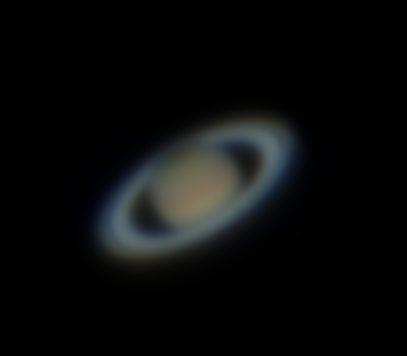
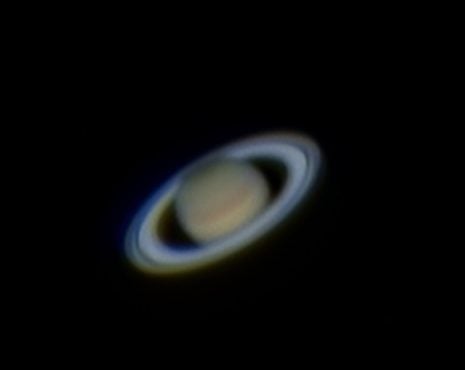

The camera does not need to be fancy; a small-sensor uncooled camera, like those used for autoguiding, will do. These go for as little as $150. It can be a color camera or a monochrome camera with filters. Rather than taking individual images, you will instead capture video, taking a few hundred to a few thousand frames. Saving to the AVI format works, but it can be tricky to process as the frames may be compressed in various and opaque codecs. A better option is SER, a raw video format specifically for astronomy, much like FITS is for single images. My favorite app for video acquisition is SharpCap, while some favor FireCapture or ZWO’s ASICap.
My recommendation for processing is to do the sorting and stacking in AutoStakkert! and the wavelet deconvolution in RegiStax, followed by cropping, color corrections, denoising, and other improvements in Photoshop, PixInsight, GIMP, or any other post-processing software you prefer. There isn’t room to describe the whole editing process here, but there are a number of helpful video and written tutorials online.
Some targets have specific limitations. For instance, Jupiter has a fast rotation period (about 10 hours), which means in order to avoid blurring, the total video length should be kept under about 90 seconds. This is tricky if you are imaging in monochrome and need three videos (red, green, and blue), but with a fast camera it is possible. You can go a little longer by taking short videos back to back and using WinJupos, a program that derotates Jupiter (as well as the other planets, Sun, and Moon). Rotation on Mars and Saturn will also become apparent after more than about five minutes, depending on your total focal length. Features on the Sun change rapidly, so it is best to keep those videos short as well.
Give it a try!
You too can capture sharp and beautiful images of our solar system neighbors with lucky imaging. Local seeing conditions are a limiting factor — when atmospheric turbulence is at its worst, you can only compensate to a certain degree. But keep at it — you’re bound to get a steady night eventually.


